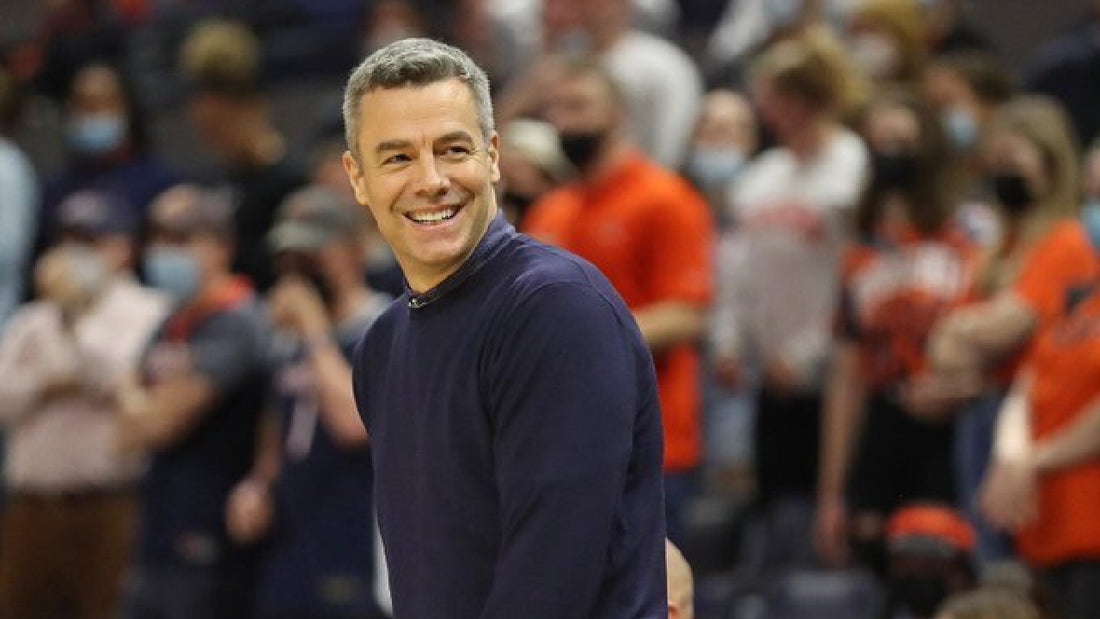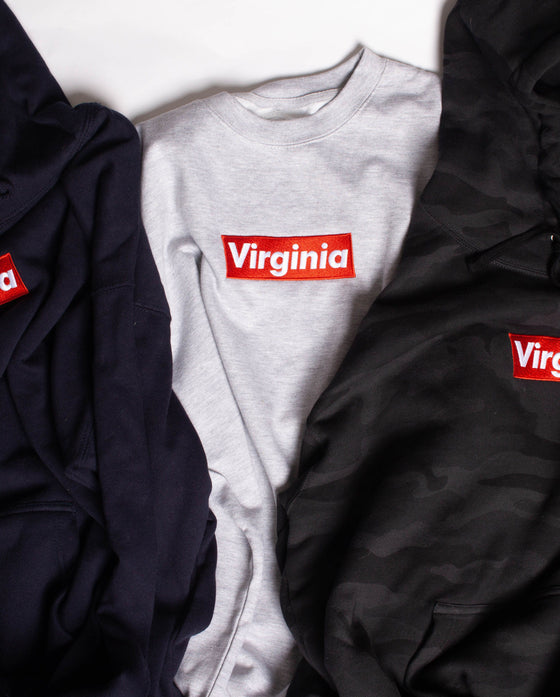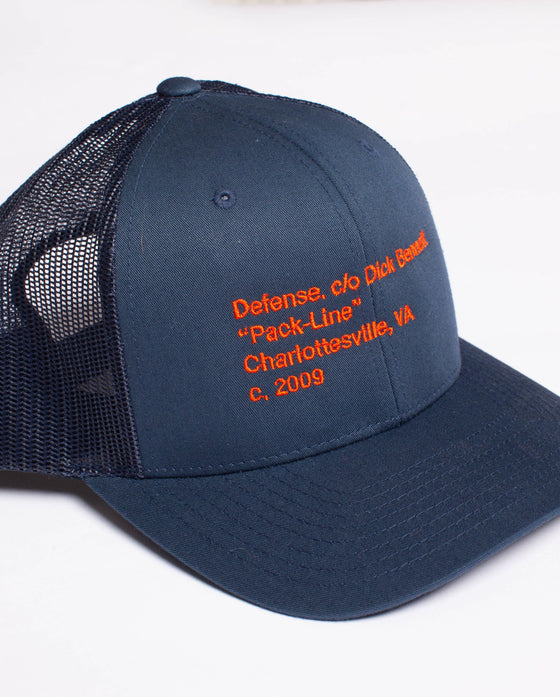Virginia's Bubble Factors

(Featured Image: Matt Riley)
If you’re anything like me, you haven’t paid much attention to the NCAA Tournament bubble picture in recent years. Virginia fans didn’t need to worry about it. All the bracketology talk was just annoying noise we had to hear during games.
That’s changed this year, as the Hoos are very bubblicious. I’ve had to learn all about the factors that the committee supposedly considers. It can get pretty confusing for fans trying to follow. So I’ve laid out the basics of what’s important and where Virginia stands.
NET Ranking
The NCAA Tournament committee uses their own NET rankings system to sort teams. It’s a bit of a mystery. They don’t disclose the formula, or the raw rating scores.. All we have are the daily updated rankings on the NCAA website. We don’t exactly know the margins between teams, leaving us only with educated guesses on what it will take for teams to rise or fall.
Virginia is ranked #80. They moved up two spots after Saturday’s win at Miami. The committee supposedly uses the NET rankings primarily to sort wins and losses. In other words, It’s your opponent’s ranking that matters more than your own. But we’d be a little naive not to acknowledge that it probably does matter for bubble teams and certainly for seeding. UVA’s will need to improve.
What’s apparent is that scoring margin is a big part of the formula. Teams move up by outperforming the expected score, essentially covering the spread. A single game can have a big impact, and it doesn't necessarily take beating a highly ranked team to move the needle.
For example, St. John's has moved up 12 spots to #66 since their 34-point home victory over #127 Butler on Friday. Colorado jumped past UVA this weekend, despite the Hoos beating a higher ranked opponent on the road, because they topped Stanford by 17 as opposed to Virginia’s 3-point win.
The NET ranking is impacting perception more than anything. It would help Virginia a lot if they could just crack into the 60s. They need to win games obviously, but it also matters how they do it. A blowout win would do wonders for their ranking.
Quadrant System
The committee sorts each team's resume by wins and losses in four quadrants. Quad-1 wins are the ultimate chip in your corner, while Quad-3 or lower losses are blemishes on the resume.

The Hoos have three Q1 wins right now. The neutral site victory over Providence, and recent road wins at Duke and Miami. They unfortunately also have three Q3 losses to Navy, James Madison, and Clemson.
The problem for the entire ACC is that the league’s poor showing in non-conference play has the teams near the top of the league ranked considerably lower than usual. Normally, everyone has several opportunities to earn Q1 wins at home. This year, only Duke provides that chance. The Hoos actually have more Q1 wins than everyone in the conference except Duke (5) and Miami (4).
There are mediocre teams within strong conferences that are benefiting from having many more opportunities for Q1 wins. I would argue against teams with inflated rankings too in some cases. TCU for example, on the right side of Joe Lunardi’s latest bubble, hasn’t beaten a team with a winning record in their league. Virginia is listed as the 7th team out, according to Lunardi.
Our hope is, assuming Virginia continues to take care of business, the committee digs deeper than the quadrants and considers the quality and timing of those wins and losses. There aren’t many teams near the bubble that have wins away from home over two first-place teams from power conferences the way UVA does. Those are high Q1 wins. And all of their bad losses were before Christmas. .
Border Teams
The catch in all this talk of quadrants is that teams move around in the rankings. What was believed to be a quality win months ago may not be now, or vice versa. There are three teams hanging around on the quadrant edge that Virginia fans may want to consider rooting for.
Virginia’s most recent Q1 win isn’t guaranteed to hold. Miami is ranked #65 as of today. The Hoos need them to stay inside the Top 75. In watching daily NET movements,I think they’re on pretty firm ground. We don’t really need them to be that good down the stretch, just avoid collapse or that one ugly loss that drags them down.
The New Year’s Day win at Syracuse could become a nice trophy for the Hoos if the Orange finish strong. They’re currently ranked #85 and trending up after winning five of their last six. Again, Top 75 moves it into Q1 territory. They have a difficult remaining schedule, playing the four top teams in the league. But remember, it’s not about winning as much as beating the NET spread.
That opening night loss to Navy is not aging well. They’re one of the better teams in the Patriot League, currently in 2nd place. But they’ve been in a slow NET decline, due to not winning by the expected margins. And then on Saturday, they suffered an ugly loss at home to Holy Cross. That dropped them to #150. We want them to stay inside the top 160, or else it becomes an even more unforgivable Q4 loss.
Virginia Tech probably took itself off the list of border teams after their Saturday loss at home to North Carolina. It dropped them to #41. Top 30 would make UVA’s home win Q1. Along with Pittsburgh though, they’re the two teams most tied to UVA. Teams that the Hoos played twice who also play two other teams Virginia sees twice. I’m not going to suggest it, but you know where I’m going. That’s life on the bubble.
Just Win
I admit it’s kind of fun being part of the bubble watch, but none of what we’re talking about will matter unless Virginia continues to win games. If they manage to beat Duke again on Wednesday, that would obviously be huge. But don’t be fooled into believing that would seal their fate one way or another. They’ll still be in the bubble picture on Thursday.
It’ll likely take four more wins for us to have something to sweat over on Selection Sunday. That would include either a win over Duke this week or advancing to the ACC Tournament semifinals.. Along with winning the games they're supposed to, of course. There’s a long way to go yet. And maybe the odds are still against them. But March is looking a lot more interesting than most of us expected a few weeks ago


